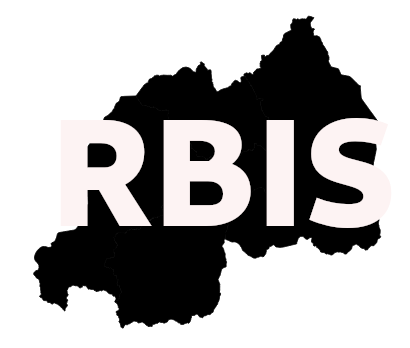
The Rwanda Biodiversity Information System (RBIS) was established as a national platform to centralize, manage, and share biodiversity data for research, conservation, and policy-making. It consolidates species occurrence records, ecological monitoring data, and environmental parameters from various stakeholders, including government institutions, research organizations, and conservation NGOs. Designed to align with global biodiversity data standards such as the Global Biodiversity Information Facility (GBIF), RBIS ensures that Rwanda’s biodiversity information is accessible, interoperable, and reliable. The system supports long-term biodiversity monitoring programs, enabling researchers and decision-makers to track species distribution, identify trends, and assess threats. Its structure allows integration of data from multiple taxa—plants, mammals, birds, amphibians, reptiles, insects, and aquatic organisms—thus providing a comprehensive picture of Rwanda’s ecological status. By acting as a national repository, RBIS strengthens evidence-based conservation planning and contributes to fulfilling Rwanda’s international reporting obligations under conventions such as the Convention on Biological Diversity.
For more visit Rwanda Biodiversity Information System (RBIS)
